Of course the Sony A7RIII is not without its issues, but I have been aggravated by this focus point issue since 2012, and have been screaming about it to anyone who will listen ever since that time. It is and has been my #1 gripe about the D8xx line. Nikon has kept making more/better/faster focus points, but they keep cramming them into the same area. I’ll take half as many spread out wider and taller any day, and the Sony focus points cover most of the frame. It’s kind of a dream come true.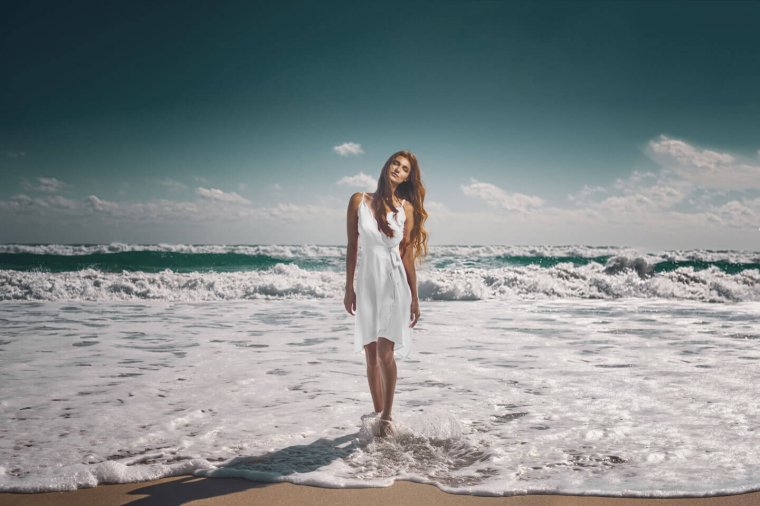
5) Do you have guiding principles that you follow when you’re taking pictures?
As cliché as it sounds, I pretty much stick to the rule of thirds, but I’ll do center-frame
compositions as well, though less often, and watching Wes Anderson films has changed the way I think about them. I really dislike it when novices are told about the “rules” and then the usual caveat of “you shouldn’t let this spoil your creativity” is thrown in. Most novices think “gosh, I don’t want to be bound by the rules. I want to break out and be free!” and then go on to ignore everything. My number one priority is creating a harmonious and minimalist composition with as few distractions as possible. The rules are rules because smart/creative people realized they led to pretty pictures. Am I 100% bound by this? No, but it’s always lurking there in my minds.
6) How important is post-processing for you? Can you tell us what kind of postprocessing you typically do?
Post processing is vital in professional work. It can make a good photo great, and it can ruin a perfectly decent
RAW file. I just don’t understand the obsession with getting it right in camera. When you show your photos, your clients don’t care how you got there. An image is everything. Period. There is no such thing as “too much photoshop” or “too much post-processing.” There is good processing and bad processing, and unfortunately, there is too much bad processing and automated programs that look terrible. Usually, proponents of getting it right in camera use the red herring argument of pointing at poorly done editing to decry all photoshop. Good editing doesn’t look “photoshoppy,” whatever that means.
Indeed, I often shoot “wrong” in order to get what I will believe give me the most latitude in post. Often my photos right out of the camera look pretty lousy, but there’s a method to my madness and I will over/under expose in camera in order to get to the final image that I have in mind. Hopefully, in a few years, our sensors will have 30 stops of dynamic range and all of this will be irrelevant. Photography requires a marriage of technical know-how and creative verve, but the more I can focus on the creative and less on the technical, the better. Remember, an image is everything. I suppose a lot of people will call me a bad photographer because of this view, but that’s okay by me.I use Lightroom and Photoshop exclusively with no presets and no skin retouching software. Lightroom I use pretty exclusively for just organizing photos and extremely basic initial editing like minor adjustments to exposure. I think I spend about 10 seconds on a photo in Lightroom and all of the heavy liftings is done in Photoshop. I typically spend between an hour to sometimes up to 12 hours on a single image working on every aspect of every corner of the image, and I can have up to 150 layers on a single image. Quality is more important than quantity. One great image is worth 100 decent ones. Most of my photographer friends are appalled, but I really enjoy it. Editing isn’t something to get over with; rather, it’s just as much a creative process as taking the image itself—perhaps more. It’s fun!
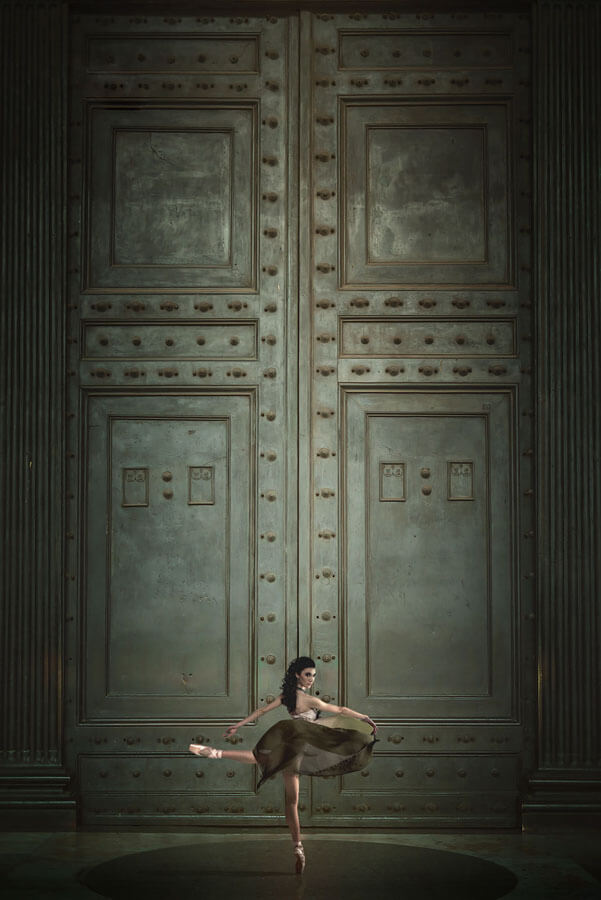
7) What’s the favorite photo you took and why?
Oh, this is an impossible question to answer and often depends on my mood. Some photos I like for personal or sentimental reasons, some photos I like because I overcame some kind of obstacle in order to get the shot, some photos I like because I had fun on a particular day, and others I like for their pure aesthetic appeal. It would be impossible to pick just one.
8) Do you have general advice and tips for other photographers who want to take similar photos as you?
I think that one of the biggest compliments that you can receive as a photographer is “I saw a photo and immediately knew that you shot it” and I’m lucky enough to hear this quite a bit. I try to focus on clean, minimalist compositions shot fairly wide-open. I shoot between ƒ1.4 and ƒ2.2 a lot and rarely go beyond ƒ5.6 unless I really want to include some details in the background. I use focus to draw the eye where I want it to go.
I think if you really like a photographer, any photographer, you need to study his or her photos critically, and not just admire them. By critically I mean, you need to look at the photo and ask yourself “how did they do that?” How was this lit? Where is the light coming from? What is the color palette? If you just say to yourself “I don’t know, I like it because I like it” you’re doing it wrong. You need to really examine the photo and ask yourself first, why do you like it, and second, how did the photographer get there?
A great learning exercise is trying to duplicate a shot that you like. So many young photographers worry about “copying” as some sort of plagiarism, but honestly, unless you’re some sort of prodigy, you’re not going to succeed in getting even 90% there. Most photographers who are admired have been doing this for a long time, and you wouldn’t expect a young basketball player to do it like the pros without a lot of hard work and learning. As I like to say, the difference between an expert and a novice is that a novice looks at a problem and sees a million possible choices in front of them, whereas an expert sees few choices. This does not mean doing everything the same way repeatedly; rather, it means knowing that there are good and bad ways to achieve your goal, whatever that may be. The key, then, is to practice with an eye towards everything being a learning experience.
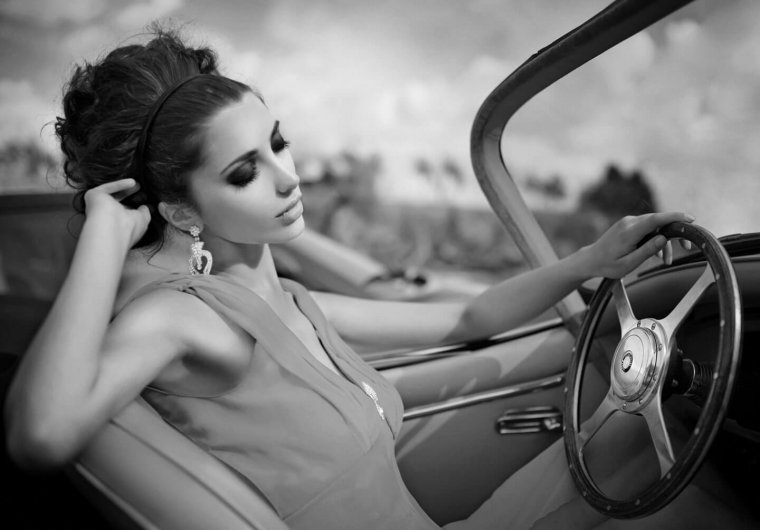
9) Who or what inspires you to do what you do and why? Are there any photographers you look up to?
I find inspiration everywhere from fashion magazines to artwork, to everyday life. I really love the photography of Lachlan Bailey more than anyone else. His images are truly beautiful. I really do hate the trend, though, in fashion photography to have photos look purposefully amateurish. I think this comes from the popularity of
social media and I see a lot of photos and just want to scream. When something in Vogue looks like it was shot with an iPhone, a piece of me dies.
10) What was your biggest accomplishment?
I did a photo shoot for a luxury brand whiskey with an important duke in Scotland at his castle. It was an amazing experience. The funniest part is that the duke gave me his keys to the castle in order to come and go with scouting locations and dealing with gear. I forgot to return the keys, so there’s that.
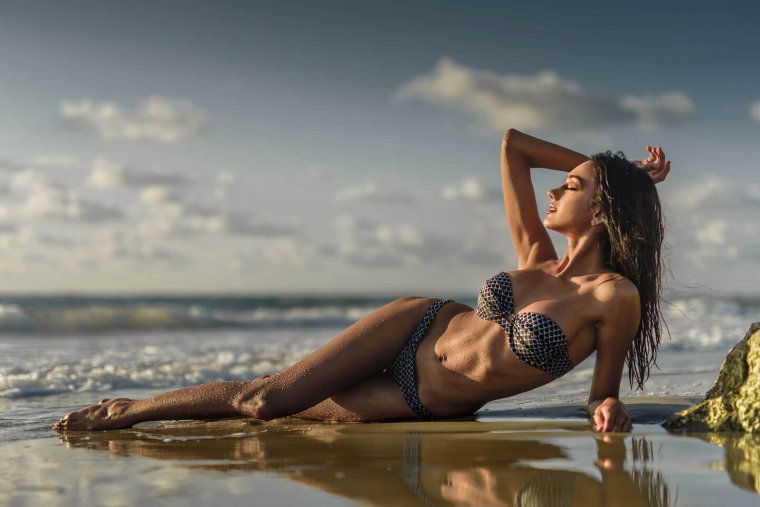
11) What do you know now that you wish you knew when you started?
That the most important aspect of actually working in photography isn’t how good you are, but who you know.
12) What are your future photography goals?
The cover of Vogue, of course.
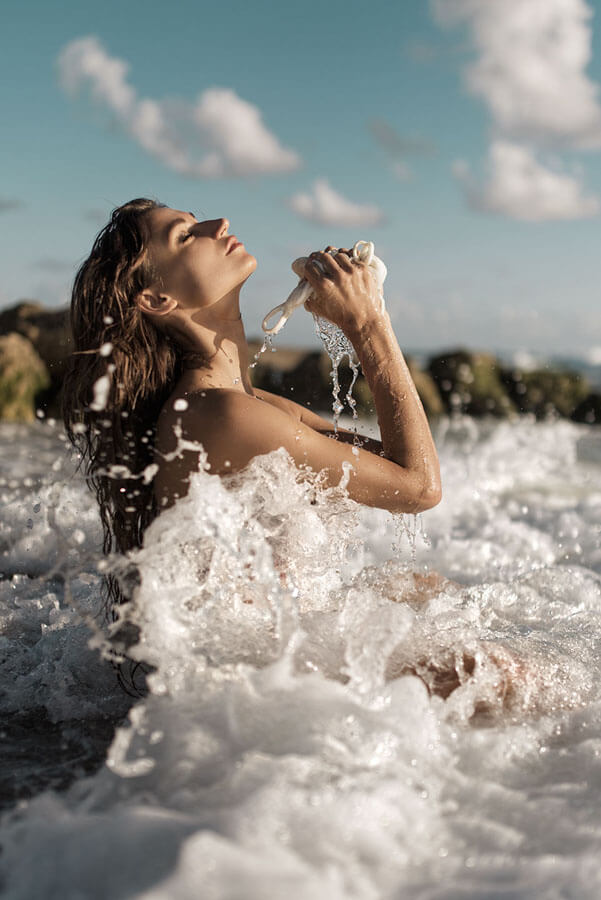
13) Is there anything else you want to say?
Haven’t I said enough? I’ve gone on and on.
14) Where can we find your images?
Web: www.markcrislip.com
Instagram: @pitchblackpolo

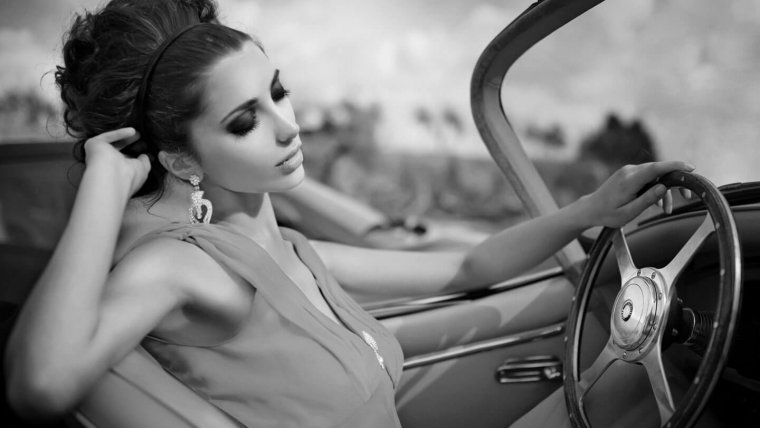
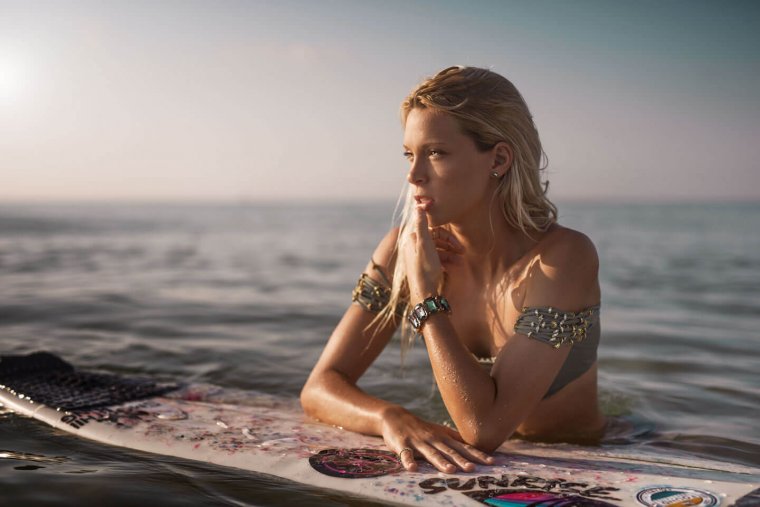

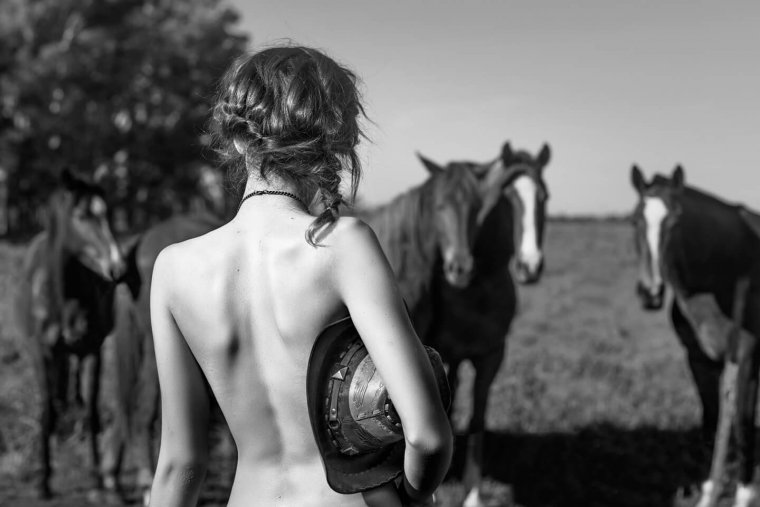
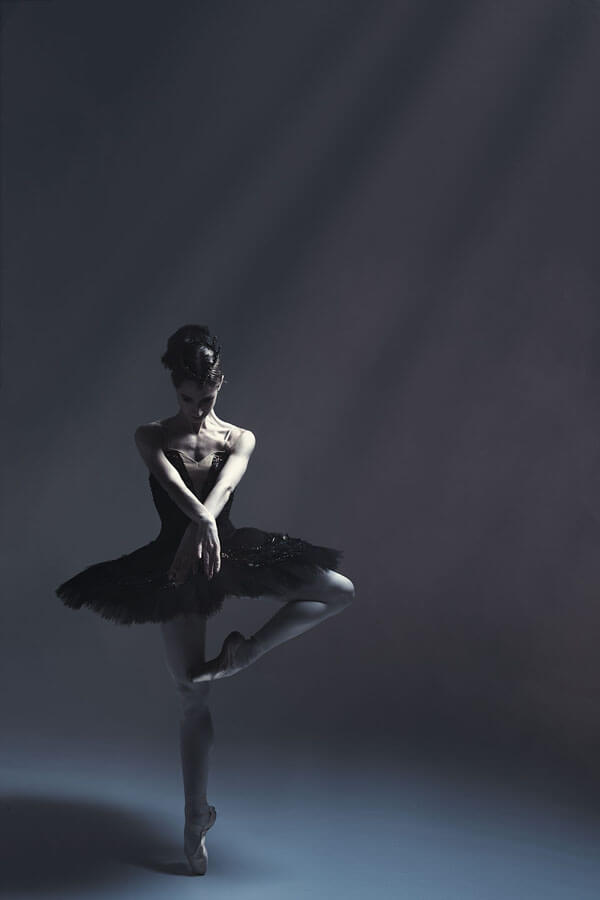










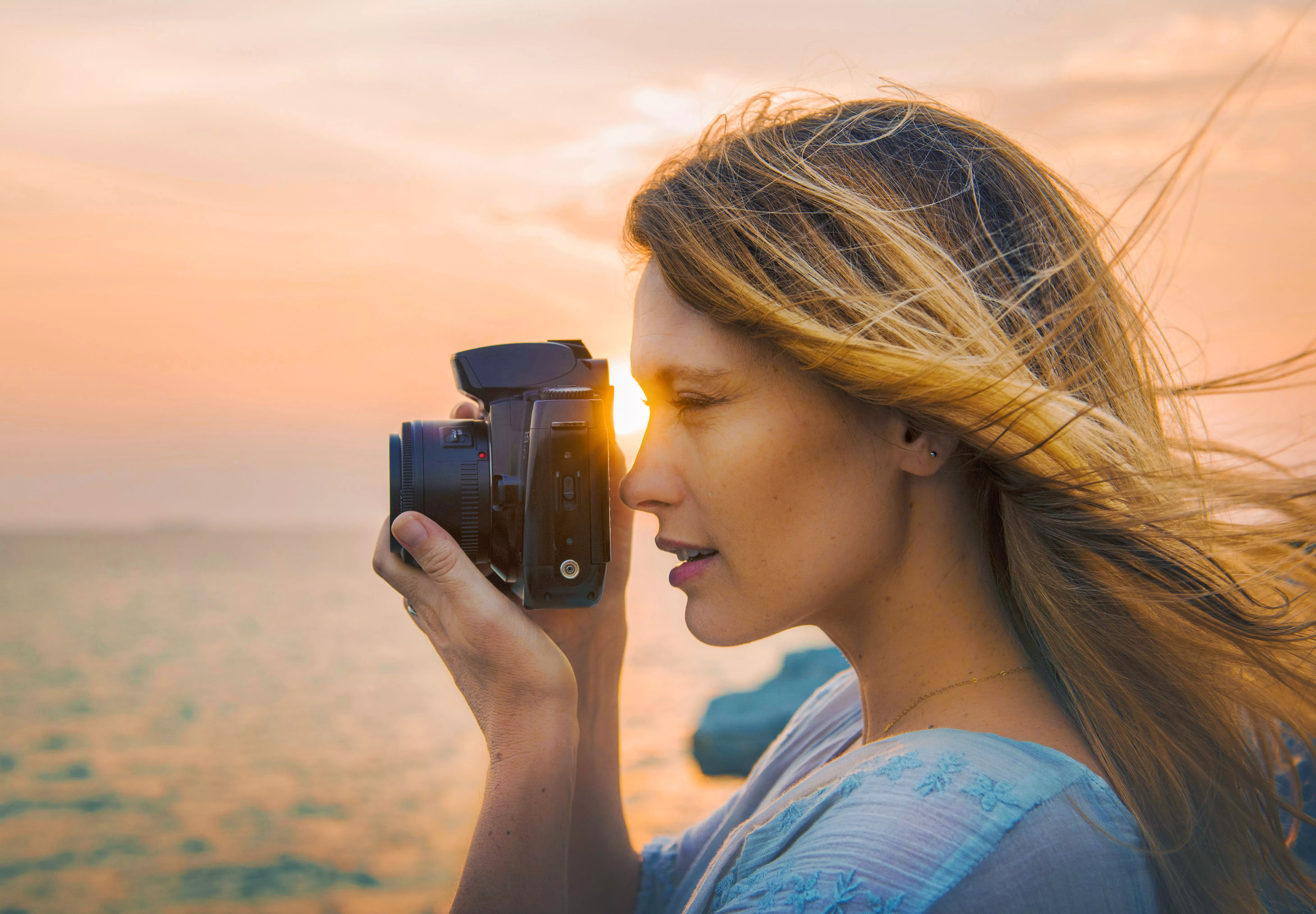
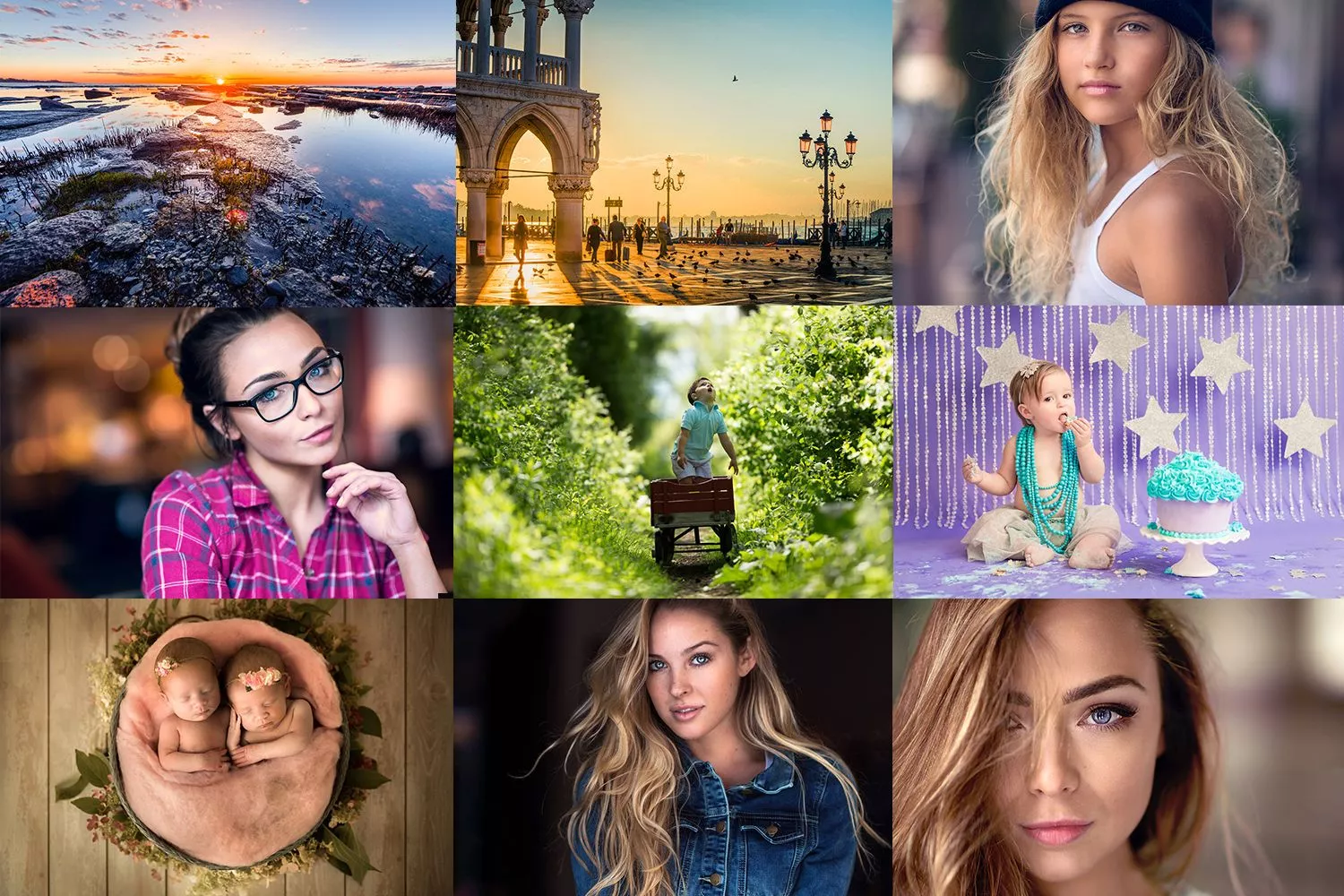
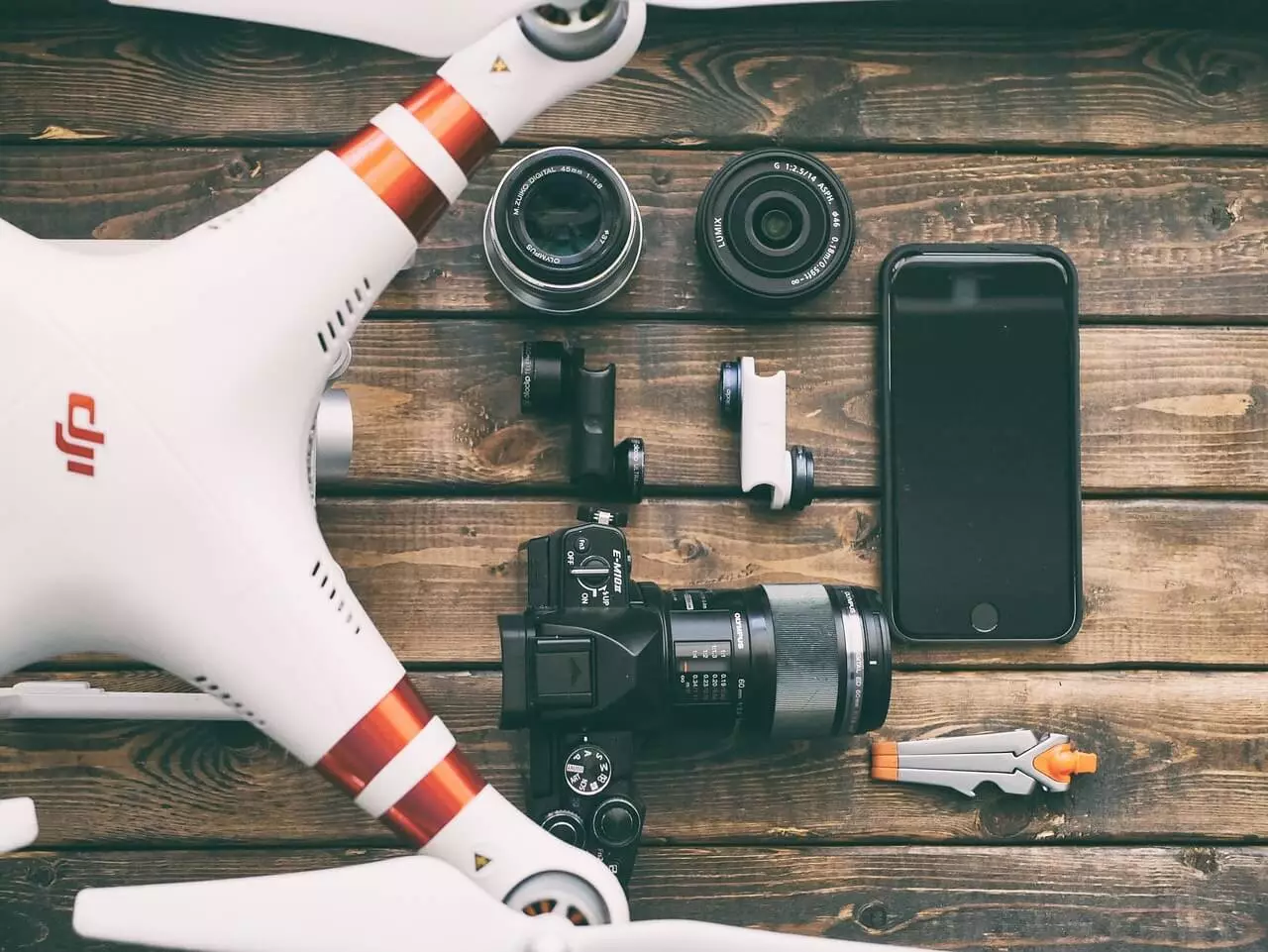

Comments (0)
There are no comments yet.